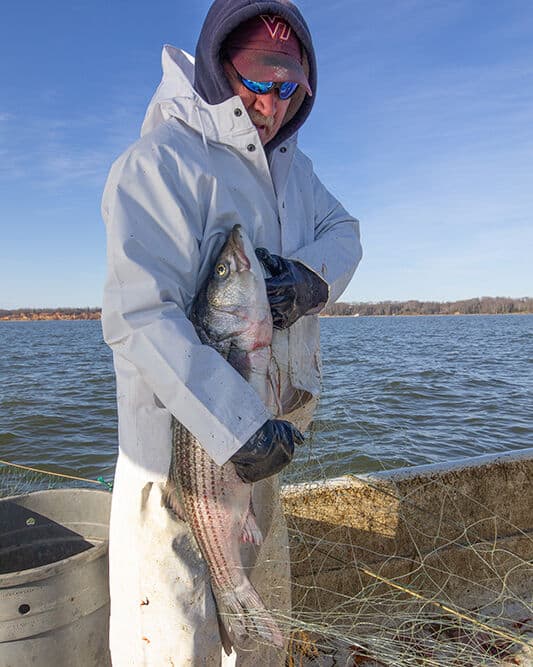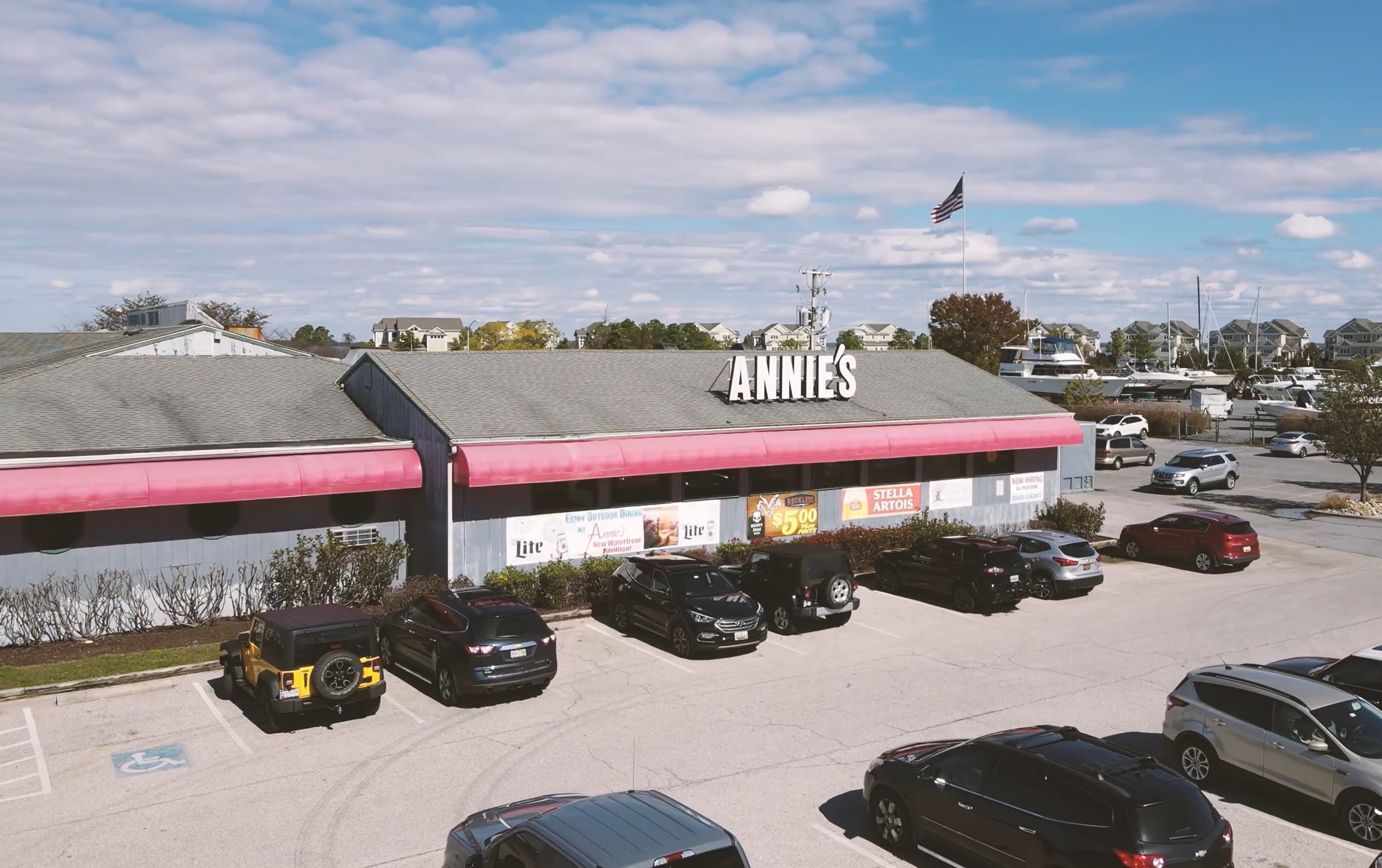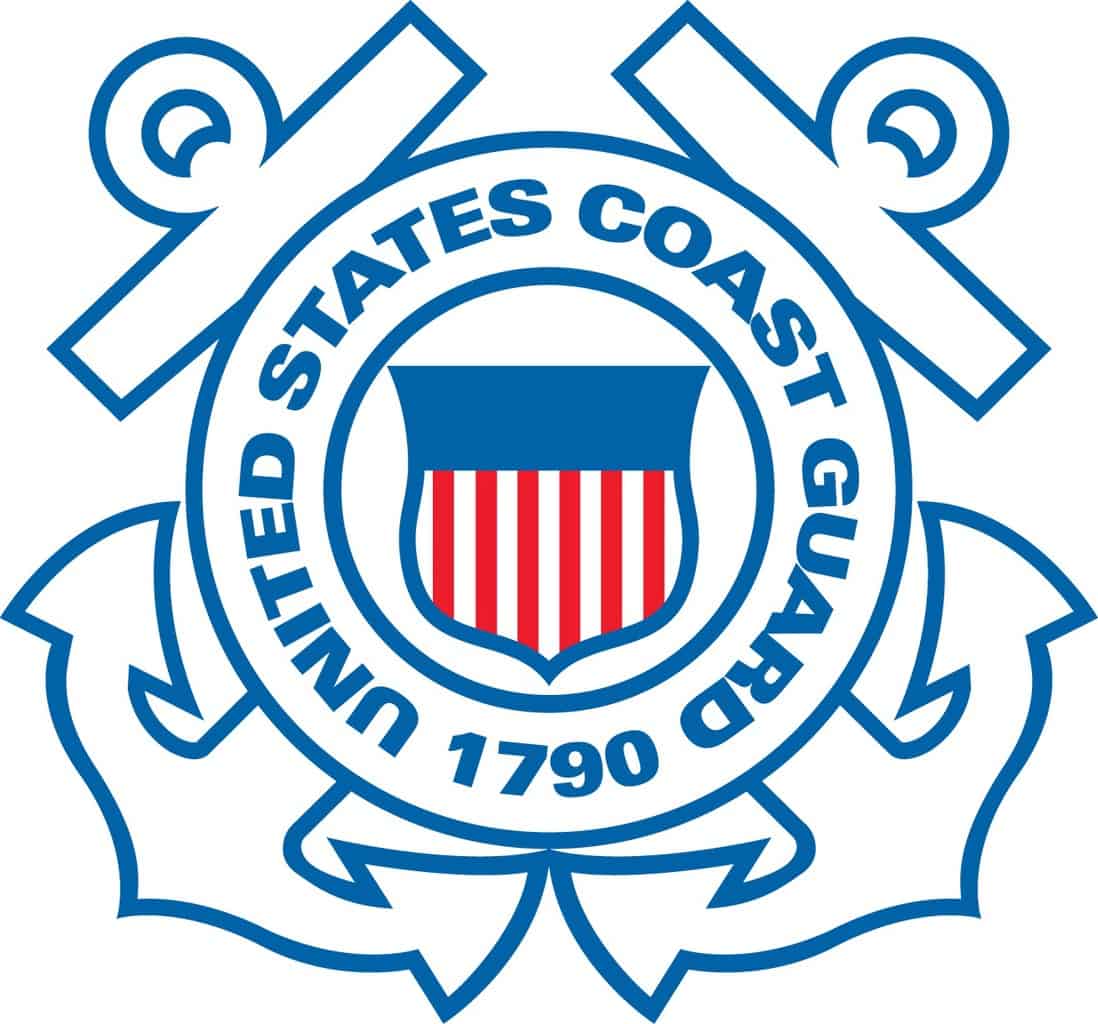-Jeremy Cox, Bay Journal News Service
Striped bass catches were down along the Atlantic coast last year, an early sign that tough regulations imposed across 15 states are helping the species recover from years of overfishing.
A new report from the Atlantic States Marine Fisheries Commission estimates that in 2020 nearly 5.1 million striped bass were “removed,” a figure that includes commercial and recreational catches as well as those that likely died after being caught and released.
The harvest count has fluctuated widely through the years, from a low of 1.1 million in 1990 to a high of 10.9 million in 2006.
In 2019, the Atlantic States commission, which manages estuary and near-shore fisheries from Maine to Florida, mandated that each state cut its commercial quotas by 18 percent compared with 2017 levels, and it limited recreational fisherman to taking home one fish per day.
Commercial and recreational fishermen significantly surpassed the 18 percent target, reducing removals by a total of 28 percent in 2020, compared to 2017, according to an annual status update unveiled at the commission’s Aug. 3 meeting. Ocean removals were down even further, dropping 33 percent.
The report shows that the recreational sector last year accounted for 88 percent of total removals, with more than 1.7 million fish harvested and another 2.8 million assumed to have died after being released. The commercial sector removed a total of nearly 600,000 fish.
Striped bass, also known as rockfish in the Chesapeake region and as stripers in New England, are a popular recreational and commercial catch along the Atlantic Coast. They are also a top predator in the Bay.
The new figures provide a glimmer of hope that the harvest limits are working, said Allison Colden, a Maryland fisheries scientist with the nonprofit Chesapeake Bay Foundation. But the news shouldn’t lead to any relaxation in those standards, she added.
“We were pleased to see the reductions folks have been taking over the past two years did take us to the target level,” Colden said. “[But] I think now is not the time to loosen up. We know we have a long road ahead of us.”
It will likely take 10 years for the species to rebound, she said.
The new catch information is expected to play an important role in discussions leading up to the commission’s first large-scale overhaul of its striped bass management plan in nearly 20 years. During its first public input phase earlier this year, the agency received more than 3,000 comments on how the species should be overseen.
The Chesapeake Bay was by far the epicenter of both harvests, accounting for more than 84 percent of all striped bass caught by the commercial sector and 46 percent of all landings in the recreational sector.
The 2019 limits also specified that recreational catches in the ocean could only be kept if they were between 18 inches and 35 inches in length; in the Chesapeake, keepers had to measure at least 18 inches, but no maximum was set there.
The individual states could—and often did—set their own catch regulations, which were approved by the commission as long as they achieved “conservation equivalency” to the mandated cutbacks.
But the new limits were only part of the striped bass story in 2020. COVID-19 restrictions almost certainly dampened the 2020 harvest as well, experts say. One of the most affected segments was Maryland’s recreational trophy season in May, which saw a nearly 50 percent reduction in catches, according to the new assessment.
The pandemic also disrupted some of the information-gathering from the states for the report, forcing scientists to fill in those gaps with information from 2018 and 2019. Colden said that issue was less of a concern in Maryland and Virginia because the holes in the data were much smaller there.
The Atlantic states commission is under increasing pressure to head off the threat of overfishing. The New England-based nonprofit Stripers Forever recently called on the commission to enact a 10-year harvest moratorium to give the species time to boost its numbers.
A similar moratorium that began in Maryland in 1985 is widely credited with helping the fish gain a “fully recovered” designation a decade later.




